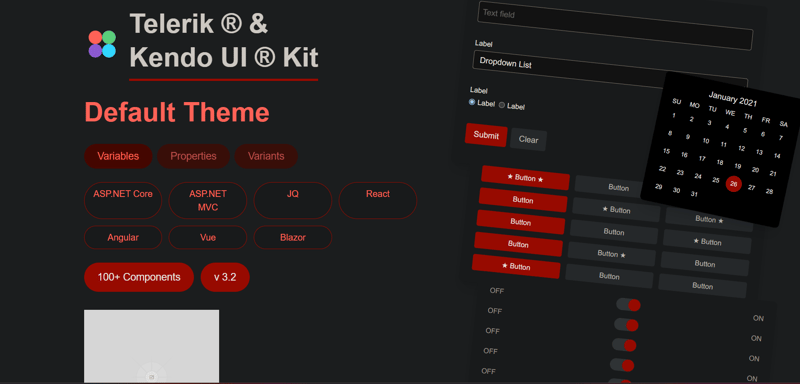How to create an effective application security Program: Strategies, methods and tools to maximize outcomes
AppSec is a multifaceted and robust strategy that goes far beyond the simple vulnerability scan and remediation. The constantly evolving threat landscape, along with the speed of development and the growing intricacy of software architectures, calls for a holistic, proactive approach that seamlessly incorporates security into every phase of the development process. This comprehensive guide provides fundamental elements, best practices, and the latest technology to support an efficient AppSec programme. It empowers organizations to increase the security of their software assets, decrease risks, and establish a secure culture. A successful AppSec program relies on a fundamental shift of mindset. Security must be considered as a key element of the development process and not as an added-on feature. This fundamental shift in perspective requires a close partnership between developers, security, operational personnel, and others. It helps break down the silos that hinder communication, creates a sense shared responsibility, and encourages a collaborative approach to the security of the applications are developed, deployed, or maintain. When adopting a DevSecOps approach, companies can incorporate security into the fabric of their development processes and ensure that security concerns are addressed from the early stages of ideation and design until deployment as well as ongoing maintenance. automated threat assessment This approach to collaboration is based on the development of security standards and guidelines, that offer a foundation for secure programming, threat modeling and management of vulnerabilities. These policies should be based upon industry best practices such as the OWASP top 10 list, NIST guidelines, as well as the CWE. They must also take into consideration the specific requirements and risk profiles of an organization's applications and the business context. By creating these policies in a way that makes them accessible to all stakeholders, companies are able to ensure a uniform, standardized approach to security across all their applications. It is crucial to fund security training and education programs that will assist in the implementation of these policies. These initiatives should seek to provide developers with knowledge and skills necessary to write secure code, identify potential vulnerabilities, and adopt best practices in security throughout the development process. The training should cover a wide array of subjects, from secure coding techniques and the most common attack vectors, to threat modelling and security architecture design principles. The best organizations can lay a strong base for AppSec by fostering a culture that encourages continuous learning, and giving developers the resources and tools they require to integrate security into their work. Organizations must implement security testing and verification methods as well as training programs to spot and fix vulnerabilities prior to exploiting them. This requires a multi-layered approach that includes static and dynamic analysis methods and manual penetration tests and code reviews. Static Application Security Testing (SAST) tools can be used to analyze the source code and discover potential vulnerabilities, such as SQL injection, cross-site scripting (XSS) and buffer overflows early in the process of development. https://sites.google.com/view/howtouseaiinapplicationsd8e/home Dynamic Application Security Testing tools (DAST), in contrast, can be utilized to test simulated attacks on applications running to discover vulnerabilities that may not be detected by static analysis. The automated testing tools are extremely useful in discovering weaknesses, but they're not a solution. Manual penetration testing and code reviews by skilled security experts are essential to identify more difficult, business logic-related vulnerabilities that automated tools could miss. Combining automated testing and manual validation allows organizations to have a thorough understanding of the security posture of an application. They can also determine the best way to prioritize remediation strategies based on the degree and impact of the vulnerabilities. In order to further increase the effectiveness of the effectiveness of an AppSec program, organizations must take into consideration leveraging advanced technology like artificial intelligence (AI) and machine learning (ML) to enhance their security testing and vulnerability management capabilities. AI-powered tools are able to analyze huge amounts of code and application data, and identify patterns and anomalies that could be a sign of security problems. They can also learn from past vulnerabilities and attack patterns, continually increasing their capability to spot and stop new security threats. Code property graphs are a promising AI application for AppSec. They can be used to find and correct vulnerabilities more quickly and effectively. CPGs are a rich representation of the cod
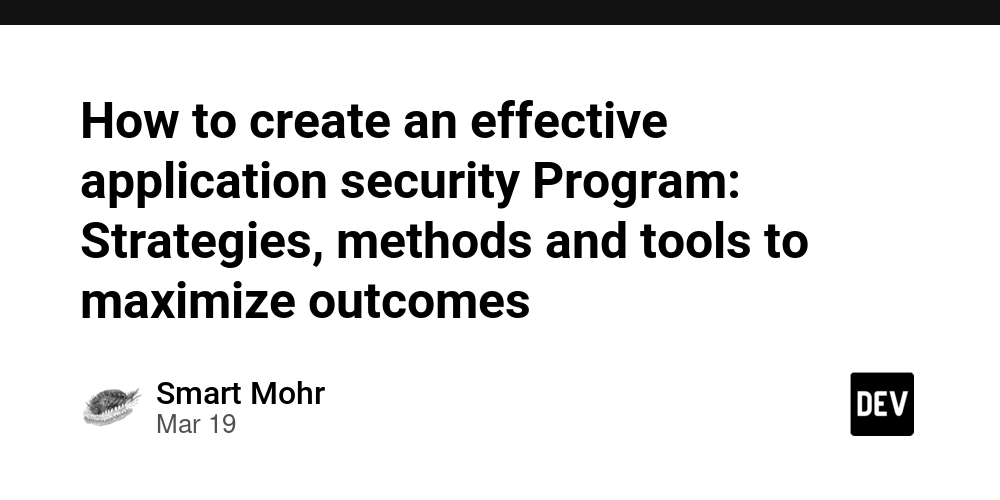
AppSec is a multifaceted and robust strategy that goes far beyond the simple vulnerability scan and remediation. The constantly evolving threat landscape, along with the speed of development and the growing intricacy of software architectures, calls for a holistic, proactive approach that seamlessly incorporates security into every phase of the development process. This comprehensive guide provides fundamental elements, best practices, and the latest technology to support an efficient AppSec programme. It empowers organizations to increase the security of their software assets, decrease risks, and establish a secure culture.
A successful AppSec program relies on a fundamental shift of mindset. Security must be considered as a key element of the development process and not as an added-on feature. This fundamental shift in perspective requires a close partnership between developers, security, operational personnel, and others. It helps break down the silos that hinder communication, creates a sense shared responsibility, and encourages a collaborative approach to the security of the applications are developed, deployed, or maintain. When adopting a DevSecOps approach, companies can incorporate security into the fabric of their development processes and ensure that security concerns are addressed from the early stages of ideation and design until deployment as well as ongoing maintenance.
automated threat assessment This approach to collaboration is based on the development of security standards and guidelines, that offer a foundation for secure programming, threat modeling and management of vulnerabilities. These policies should be based upon industry best practices such as the OWASP top 10 list, NIST guidelines, as well as the CWE. They must also take into consideration the specific requirements and risk profiles of an organization's applications and the business context. By creating these policies in a way that makes them accessible to all stakeholders, companies are able to ensure a uniform, standardized approach to security across all their applications.
It is crucial to fund security training and education programs that will assist in the implementation of these policies. These initiatives should seek to provide developers with knowledge and skills necessary to write secure code, identify potential vulnerabilities, and adopt best practices in security throughout the development process. The training should cover a wide array of subjects, from secure coding techniques and the most common attack vectors, to threat modelling and security architecture design principles. The best organizations can lay a strong base for AppSec by fostering a culture that encourages continuous learning, and giving developers the resources and tools they require to integrate security into their work.
Organizations must implement security testing and verification methods as well as training programs to spot and fix vulnerabilities prior to exploiting them. This requires a multi-layered approach that includes static and dynamic analysis methods and manual penetration tests and code reviews. Static Application Security Testing (SAST) tools can be used to analyze the source code and discover potential vulnerabilities, such as SQL injection, cross-site scripting (XSS) and buffer overflows early in the process of development. https://sites.google.com/view/howtouseaiinapplicationsd8e/home Dynamic Application Security Testing tools (DAST), in contrast, can be utilized to test simulated attacks on applications running to discover vulnerabilities that may not be detected by static analysis.
The automated testing tools are extremely useful in discovering weaknesses, but they're not a solution. Manual penetration testing and code reviews by skilled security experts are essential to identify more difficult, business logic-related vulnerabilities that automated tools could miss. Combining automated testing and manual validation allows organizations to have a thorough understanding of the security posture of an application. They can also determine the best way to prioritize remediation strategies based on the degree and impact of the vulnerabilities.
In order to further increase the effectiveness of the effectiveness of an AppSec program, organizations must take into consideration leveraging advanced technology like artificial intelligence (AI) and machine learning (ML) to enhance their security testing and vulnerability management capabilities. AI-powered tools are able to analyze huge amounts of code and application data, and identify patterns and anomalies that could be a sign of security problems. They can also learn from past vulnerabilities and attack patterns, continually increasing their capability to spot and stop new security threats.
Code property graphs are a promising AI application for AppSec. They can be used to find and correct vulnerabilities more quickly and effectively. CPGs are a rich representation of the codebase of an application that not only captures its syntactic structure, but additionally complex dependencies and relationships between components. AI-powered tools that make use of CPGs can provide an in-depth, contextual analysis of the security stance of an application, and identify security vulnerabilities that may be missed by traditional static analyses.
Moreover, CPGs can enable automated vulnerability remediation with the use of AI-powered code transformation and repair techniques. By understanding the semantic structure of the code as well as the characteristics of the identified weaknesses, AI algorithms can generate targeted, context-specific fixes that target the root of the problem instead of only treating the symptoms. This method does not just speed up the removal process but also decreases the chance of breaking functionality or introducing new weaknesses.
Integrating security testing and validation into the continuous integration/continuous deployment (CI/CD) pipeline is another key element of a highly effective AppSec. Through automated security checks and integrating them in the build and deployment process organizations can detect vulnerabilities early and prevent them from making their way into production environments. This shift-left security approach allows faster feedback loops, reducing the amount of effort and time required to discover and rectify issues.
To reach the level of integration required, businesses must invest in right tooling and infrastructure for their AppSec program. It is not just the tools that should be used to conduct security tests, but also the frameworks and platforms that allow integration and automation. discover security solutions Containerization technology such as Docker and Kubernetes are able to play an important function in this regard, giving a consistent, repeatable environment for conducting security tests as well as separating potentially vulnerable components.
Effective communication and collaboration tools are as crucial as technology tools to create a culture of safety and helping teams work efficiently in tandem. Issue tracking systems, such as Jira or GitLab will help teams determine and control security vulnerabilities. Chat and messaging tools like Slack or Microsoft Teams can facilitate real-time communication and sharing of knowledge between security professionals and development teams.
The success of any AppSec program is not solely dependent on the technology and instruments used however, it is also dependent on the people who work with the program. vulnerability management tools Building a strong, security-focused culture requires the support of leaders in clear communication, as well as the commitment to continual improvement. By instilling a sense of sharing responsibility, promoting dialogue and collaboration, and providing the appropriate resources and support to establish a climate where security is more than something to be checked, but a vital element of the process of development.
In order to ensure the effectiveness of their AppSec program, companies should be focusing on creating meaningful metrics and key performance indicators (KPIs) to measure their progress and pinpoint areas to improve. These metrics should span all phases of the application lifecycle, from the number of vulnerabilities discovered in the development phase through to the time required to fix security issues, as well as the overall security posture of production applications. By constantly monitoring and reporting on these metrics, companies can prove the worth of their AppSec investments, recognize trends and patterns and make informed choices about where to focus on their efforts.
To keep up with the constantly changing threat landscape and new practices, businesses must continue to pursue education and training. Attending industry events, taking part in online courses, or working with security experts and researchers from the outside can help you stay up-to-date on the newest trends. multi-agent approach to application security In fostering a culture that encourages continuing learning, organizations will ensure that their AppSec program is adaptable and resilient to new threats and challenges.
It is crucial to understand that application security is a continual process that requires a sustained investment and commitment. As new technology emerges and practices for development evolve companies must constantly review and update their AppSec strategies to ensure that they remain effective and aligned with their goals for business. By adopting a strategy of continuous improvement, encouraging cooperation and collaboration, and harnessing the power of modern technologies like AI and CPGs, organizations can create a strong, adaptable AppSec program that does not just protect their software assets but also allows them to develop with confidence in an increasingly complex and challenging digital world.
vulnerability management tools










































































































































































![[The AI Show Episode 142]: ChatGPT’s New Image Generator, Studio Ghibli Craze and Backlash, Gemini 2.5, OpenAI Academy, 4o Updates, Vibe Marketing & xAI Acquires X](https://www.marketingaiinstitute.com/hubfs/ep%20142%20cover.png)














































































































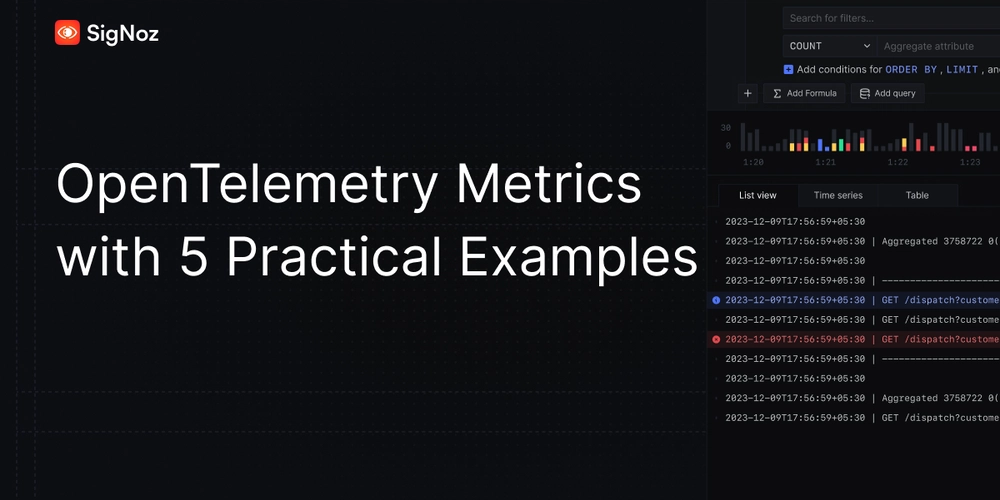
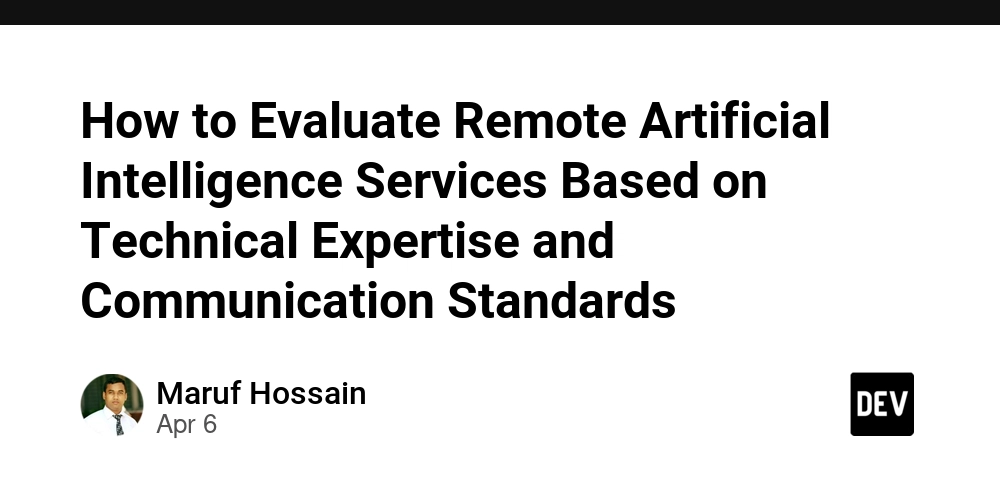

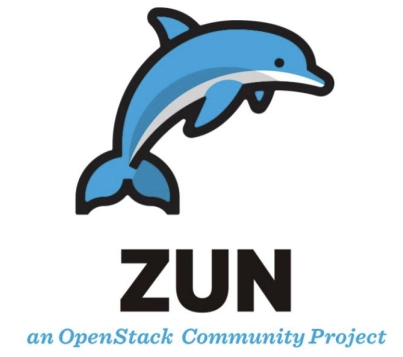









![[DEALS] The Premium Learn to Code Certification Bundle (97% off) & Other Deals Up To 98% Off – Offers End Soon!](https://www.javacodegeeks.com/wp-content/uploads/2012/12/jcg-logo.jpg)


![From drop-out to software architect with Jason Lengstorf [Podcast #167]](https://cdn.hashnode.com/res/hashnode/image/upload/v1743796461357/f3d19cd7-e6f5-4d7c-8bfc-eb974bc8da68.png?#)








































































































.png?#)





.jpg?#)
















![iPhone 17 Pro Won't Feature Two-Toned Back [Gurman]](https://www.iclarified.com/images/news/96944/96944/96944-640.jpg)












_Christophe_Coat_Alamy.jpg?#)
 (1).webp?#)





































































































![Tariffs Threaten Apple's $999 iPhone Price Point in the U.S. [Gurman]](https://www.iclarified.com/images/news/96943/96943/96943-640.jpg)





































































































































